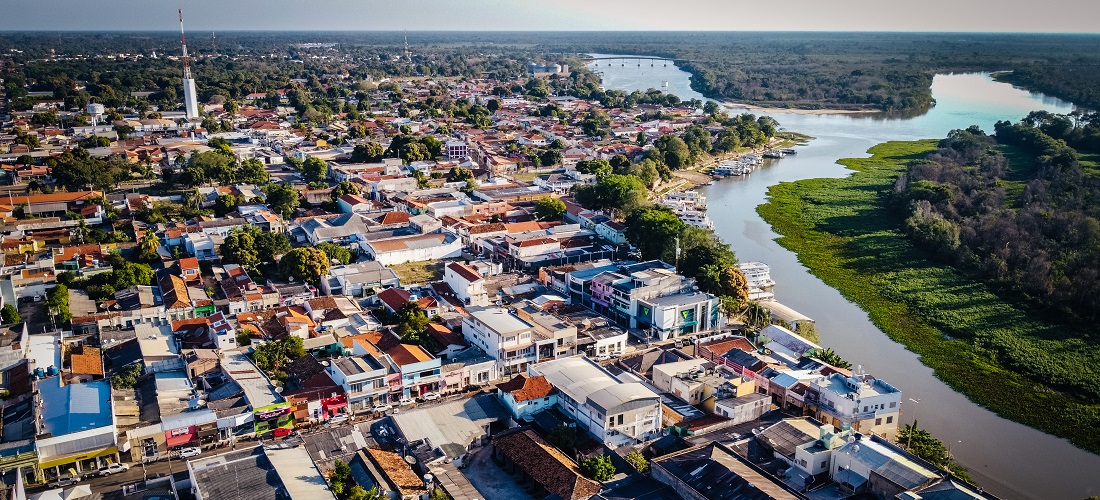
Newly licensed Porto Paratudal Promises to Revolutionize Logistics in Brazil’s Hinterland by 2026
Oct, 23, 2023 Posted by Gabriel MalheirosWeek 202342
A large port terminal, Porto Paratudal, is currently in the final stages of the licensing process and is set to become fully operational by 2026. The terminal will be part of a logistics system connecting Mato Grosso to the Paraguay-Paraná waterways, whose purpose is to facilitate the transportation of grains, fertilizers, containers, and various other commodities, thereby forging a direct link to the La Plata Basin, which, in turn, will enhance trade relations between the state and Uruguay and Argentina while bolstering export activities.
Details of the project were provided by Luiz Alberto Assy, a representative of the Brazil’s Mid-West Investment Company, responsible for the port. This privately funded project will require an investment of R$500 million.
The port complex has already received the Preliminary License issued by the State Environmental Department (Sema), indicating environmental feasibility. According to the company, it now awaits the Installation License, expected to be issued within two months.
Construction is slated to begin in July of next year, when the rainy season ends and river levels drop, allowing for embankments and access road construction.
One of the main advantages of ports is their ability to handle large cargo volumes more economically, requiring less infrastructure and reduced fuel consumption, thus lowering costs and timeframes. It is estimated that Porto Paratudal will handle approximately 5 million tonnes of grains, 3 million tonnes of fertilizer, and 250,000 tonnes of containers annually.
“The port is part of a logistics system that includes a second port in Corumbá, in the state of Mato Grosso do Sul and a fleet sailing between the two terminals. Its goal is to connect Mato Grosso to the waterway. Currently, the state is bordered by the river but lacks a commercially viable connection,” explains Luiz Alberto.
The investment in the port alone will amount to around R$120 million, with the entire system costing R$500 million and generating approximately 200 direct and 1,400 indirect jobs in Cáceres and Corumbá. According to Adilson Reis, President of the Cáceres Export Processing Zone Administrator (Azpec), the port is crucial for the region because it is one of the primary logistics hubs for Mato Grosso.
“The waterway operates in both directions, facilitating the entry of inputs and the export of manufactured products and other goods, including automobiles, as previously discussed. The outlook is extremely positive, especially since the connections are made via highways, providing access to the terminals and facilitating cargo distribution,” he states. Luiz Alberto further explains that the licensing process took into account the frequency of boat passage on the river.
“There are three navigable sections, and the most critical section in frequency, nearing the limit of 5 million tons, will have a fluvial convoy passing up or down every two hours. Since these are large vessels with substantial cargo capacity, it is sufficient,” he notes. According to Luiz, the Cáceres Port is expected to be operational by the 2026 harvest.
-
Dec, 30, 2022
0
Saudi Arabian investment firm buys minority stake in DP World’s flagship assets
-
Economy
Oct, 25, 2020
0
Brazilian industrial sector short on inputs and raw materials due to pandemic
-
Meat
Aug, 09, 2019
0
BRF anticipates reopening of chicken slaughterhouse in Paraná
-
Ports and Terminals
Aug, 31, 2021
0
São Francisco do Sul cargo handling up 19% in 2021


